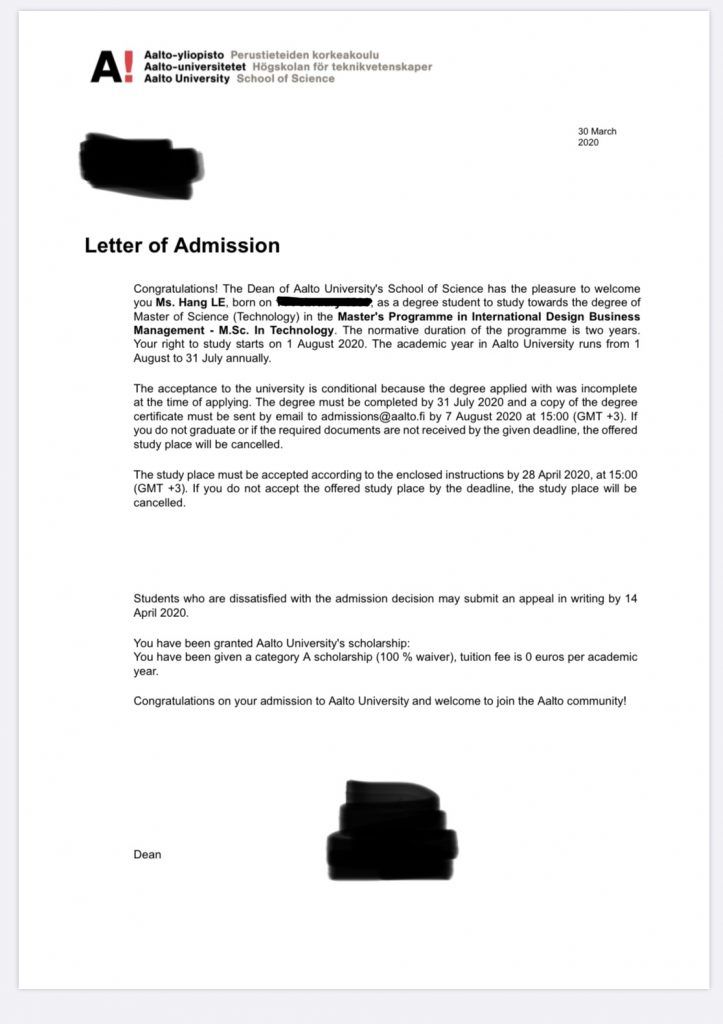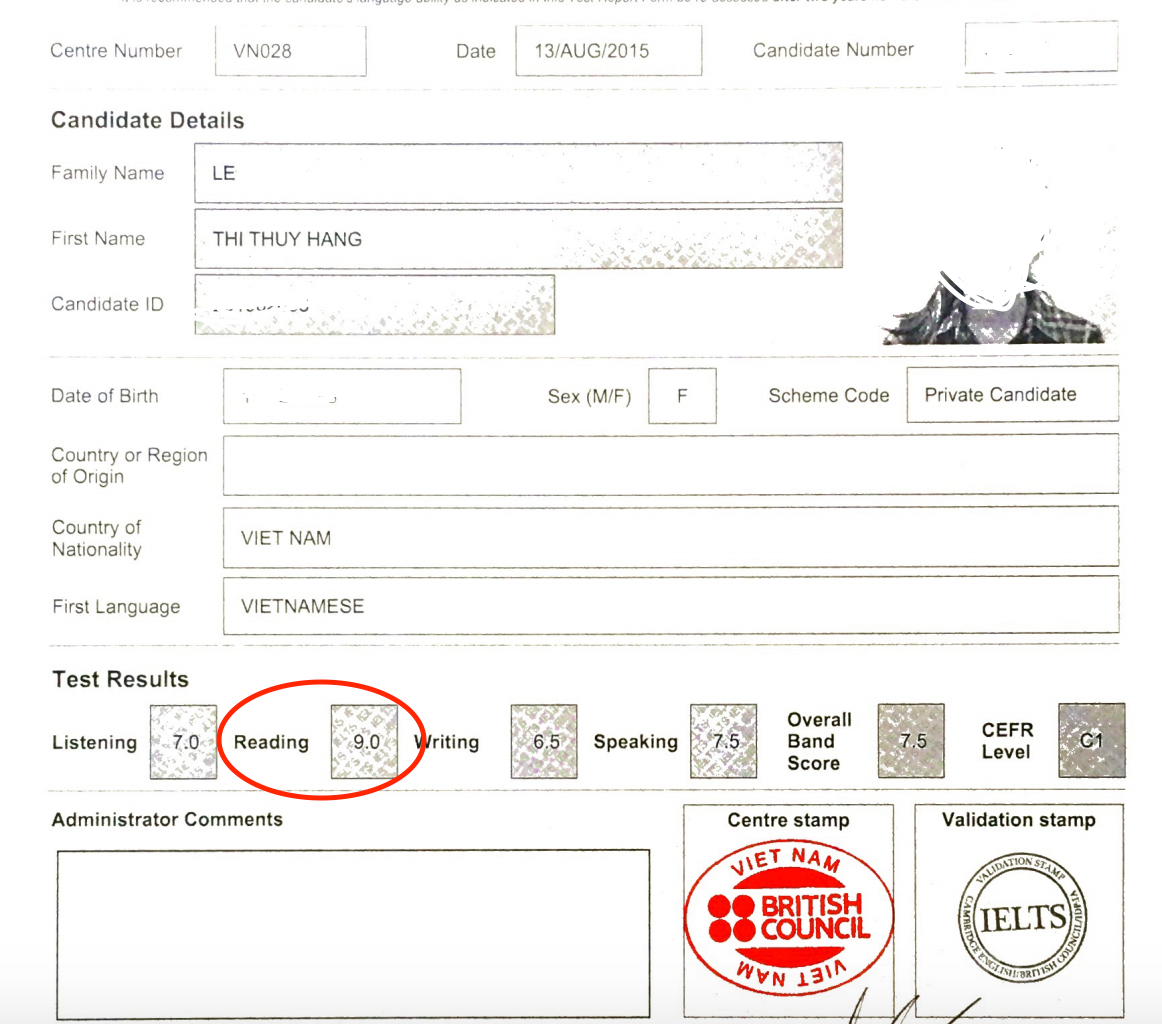
How I found internships as a foreign student in Finland
Hello guys, it’s been a while since my last post. Today I want to share with you about how I found three internships as a foreign student in Finland.
I was a student at a University of Applied Sciences (UAS). My study program required three separate internships (also called practical training) before I was eligible for graduation. These internships are ranked in three levels: basic practice, field-specific practice, and professional practice. Ideally, these three internships should be in different places but it’s also okay if you do a long internship in one workplace and earn the 30 mandatory credits there. For me, it was the first case where I went to 3 different workplaces.

1. Basic Practice
I participated in a lot of hackathons and events from my school (TUAS) and other organizations in the city during my time there. The events were most of the time very well-organized, interesting, and best of all, free. There was this one hackathon called Challenge Turku Goes Green. Its topic was Circular Economy. The event was filled with challenging but intriguing questions for several teams to tackle. After it was over, I reached out to the teacher who was the main organizer. I remember asking her something like: “I am very interested in this Circular Economy topic and I would love to get further involved. Is there anything I can help you with?”
The teacher was so kind. Unexpectedly, she told me I could do an internship at the Circular Economy campus and earned credits. It turned out that there was a whole research group about this topic. That’s how I got my first internship. It was unpaid, but the study credits and the experiences I gained there were so worth it. On top of that, I got a much more in-depth understanding of Circular Economy, which was what motivated me in the first place. At the end of my internship, I even got a chance to join a two-week intensive course about Circular Economy with numerous exciting outdoor activities, at no cost. The course was one of the best memories I got during the whole practical training period.
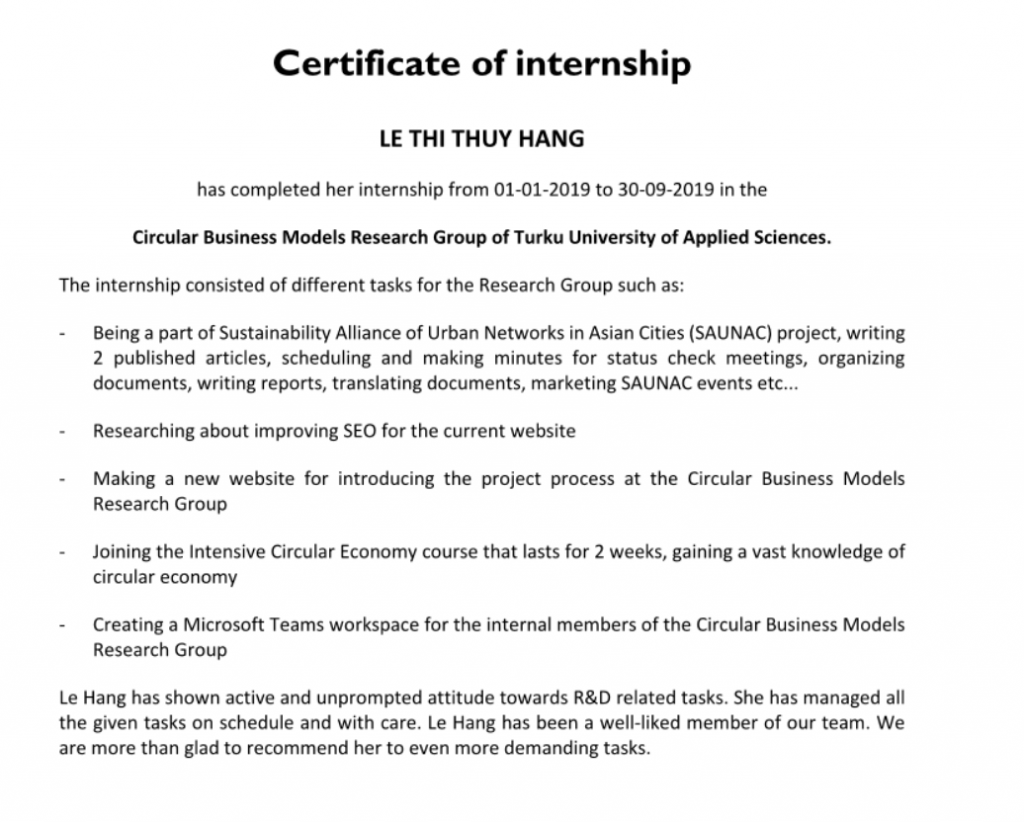
2. Field-Specific Practice
Most Finnish universities have exchange study programs available. Schools strongly encourage their students to go on an exchange. The benefits of an exchange study should be obvious. You get to see a new culture, learn to speak a new language, experience something entirely different at the comforting thought that the trip will only last 3 months, so if it doesn’t live up to your expectations, you can always go back 😉
If you look a little more carefully, you may find out that there are exchange practical training opportunities as well. So instead of going to another country to study, you go there to gain working experience, while also getting to experience all the above benefits. Sometimes you could even get a paid internship! Make sure you talk with your school’s advisor to find out if some programs like this exist, also apply early!
In my case, I went to Japan for three beautiful spring-summer months for my internship. I didn’t get paid directly for my work, but I got a scholarship worth 80 000 yen per month (around 650 euros at that time) from the government. It was more than enough for me to live in Japan because the living cost was very cheap there thanks to the school’s dormitory. I had to pay only around 120 euros/month for accommodation and lunch. You can check out my blog post to get more information about how to prepare for an exchange trip to Japan.
My tasks were about building a web application using my existing skills set, so it totally matched my study major (I was an ICT student). My supervisor was so nice and helpful. He guided me to work in the right direction while also making sure to give me tasks that I found interesting. The whole process was pretty easy and enjoyable. The best part about this internship, needless to say, was the weekends and the traveling parts where I got to explore Japan! It was such a beautiful experience that I have many times dreamt of going there again 🙂 And of course, it also earned me an additional 15 study credits.
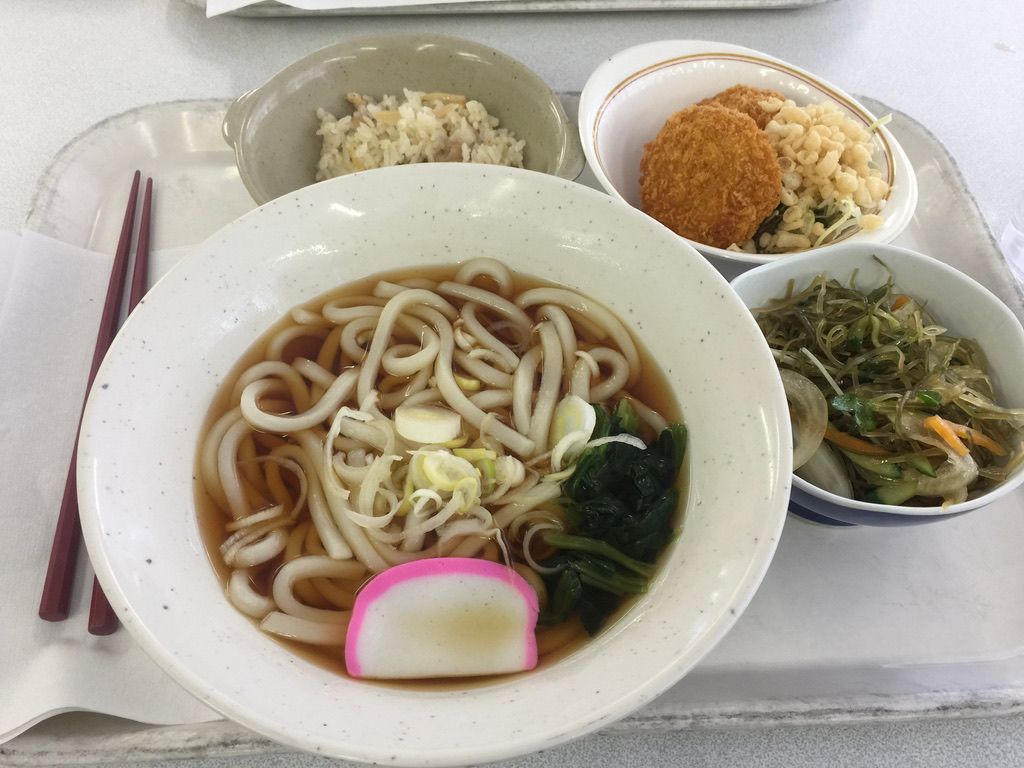
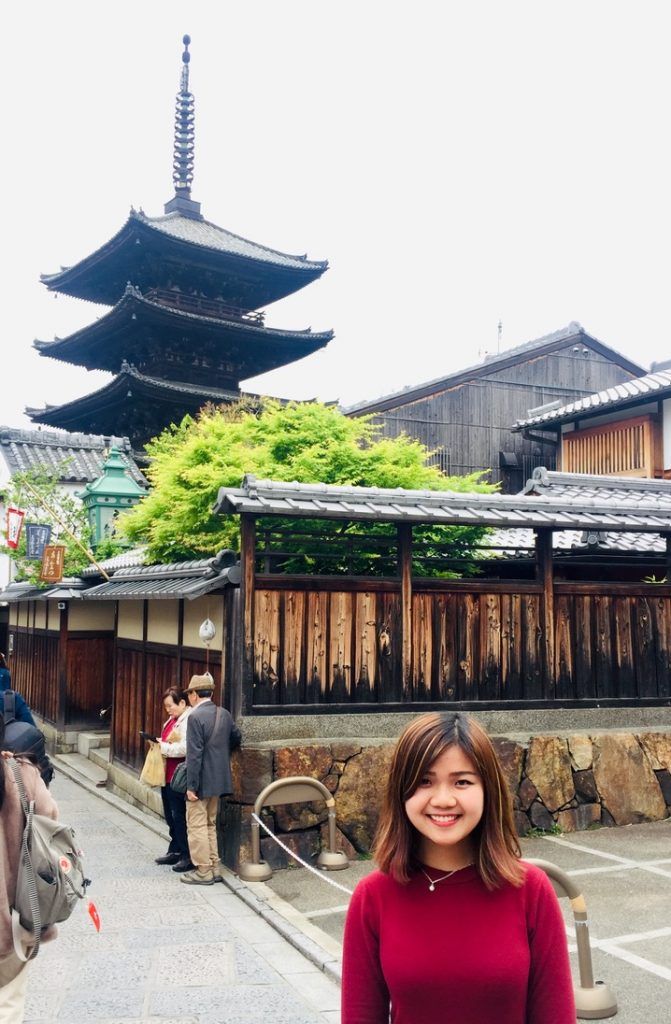
3. Professional Practice
For professional practice, my goal was to work in a real company where I would have a chance to work on real-life projects. I started with making a portfolio that showcases my projects, both from school and from my personal free time. Then I applied to all the junior positions I found on LinkedIn. Or any position that didn’t have the “senior” word in their job title, to be more accurate 🙂 I think I sent around 40-50 applications until I got my first interview.
The interview happened while I was still in Japan, in the middle of my second internship. I didn’t hear back from the company until one month later. It turned out they had already found a person suitable for the position that I applied for, but they liked my enthusiasm during the interview so they offered me a trainee position to write my thesis at their company. I happily took the offer. If you want to know how I felt after working there for half a year, check out my other blog post where I wrote about my experience in working in a Finnish company 🙂 The internship turned into a full-time job offer 6 months later. It has been an incredible journey where I’ve been learning new things every single day from my lovely colleagues.
4. Conclusion
I graduated half a year earlier than the scheduled study time, largely thanks to my early initiatives to find internships and finish them quickly. These internships also sharpen my professional skills significantly while connecting me with wonderful people along the way. If there is one takeaway from this post, it should be: Don’t be shy to ask. You’ll never know unless you try.
Good luck with finding your dream internships! 🙂
If you find my content helpful, support me by buying me a boba:
https://ko-fi.com/hangmoon
https://buymeacoffee.com/hangmoon


